Daisy Jones and The Six
My interest in the Daisy Jones and The Six book was piqued because someone told me it was based on Fleetwood Mac.
My interest in the adapted Prime video series was piqued because Daisy Jones was to be played by Riley Keough, the granddaughter of the king of rock, Elvis Presley.
I’ve read a lot about Elvis and last year, I followed the promotion of the Baz Luhrmann movie about him, by his daughter, Lisa Marie and her daughter Riley, with interest.
As for Fleetwood Mac, I had, of course, always been aware of them and loved the music but I really became fanatical about the band from the early 2000s.
For the uninitiated, Fleetwood Mac was a British blues band with a troubled history. In the mid-1970s, they landed in the USA looking for a guitarist. They found a handsome young Californian called Lindsey Buckingham who was prodigiously talented as a musician, songwriter and producer. He agreed to join the band only if they also took his girlfriend, the ethereally mesmerising Stevie Nicks. The two had been performing and recording as a duo, Buckingham Nicks.
The rest, as they say, is history. The two young Americans propelled Fleetwood Mac to worldwide superstardom. Their seminal album Rumours is one of the biggest selling albums of all time and astonishingly has remained in the charts since its release in 1977.
The success came at a cost. Drug problems, bitter feuds, artistic differences and the breakup of marriages/relationships in the band, including the lengthy relationship between Buckingham and Nicks. They had been together since their teen years. Song lyrics and reports suggest there may have been brief reconciliations but the relationship has officially been over for decades. The joke among fans is that they’ve been trying to understand why it ended ever since. Buckingham went on to marry a photographer with whom he has 3 children. None of Nicks’ liaisons went the distance.
The best thing is that the relationship and its aftermath is wrapped in the most glorious songs.
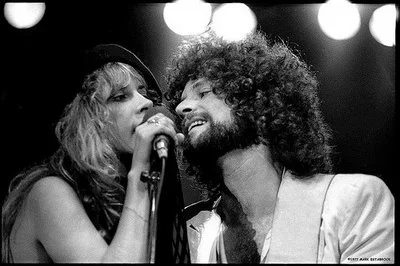
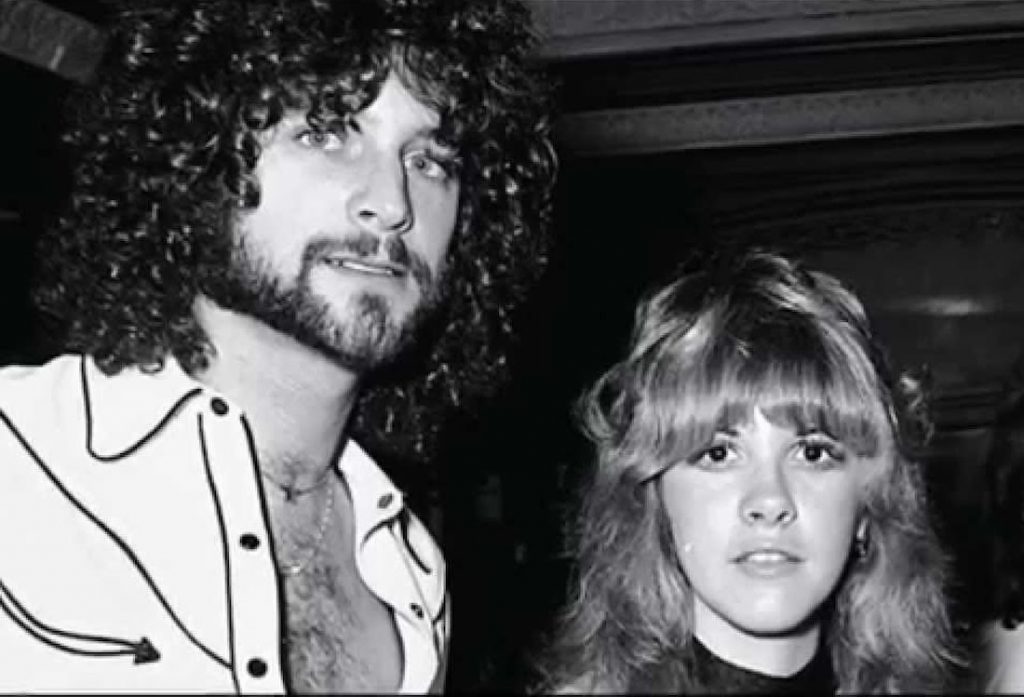
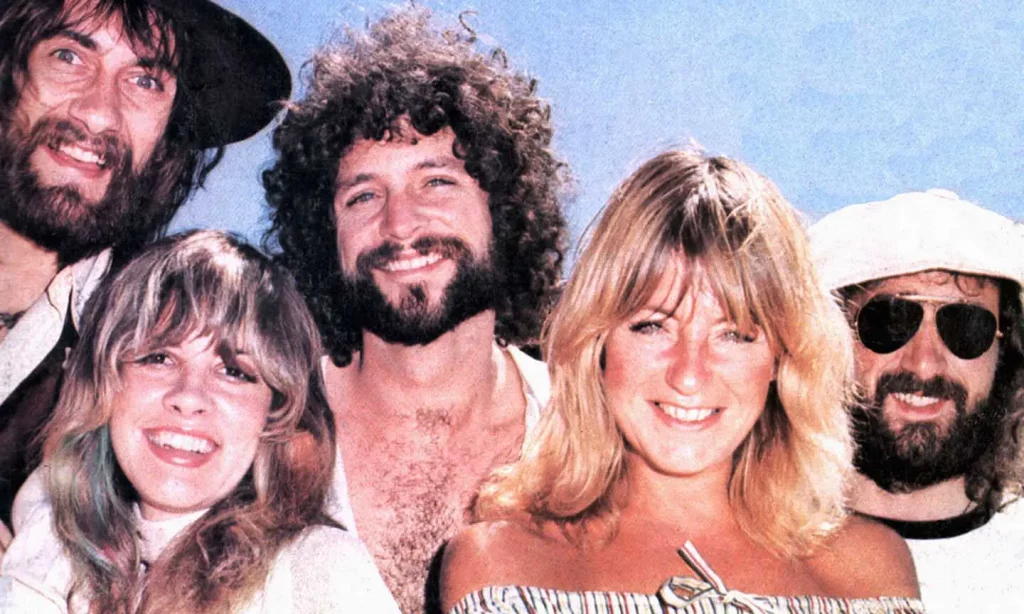
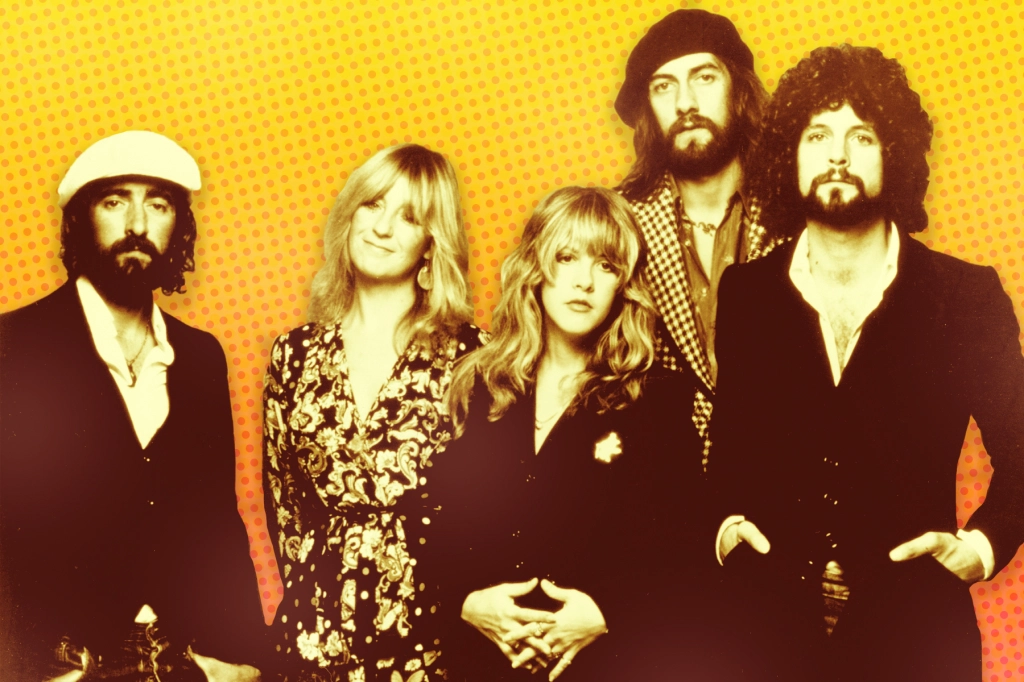
Go your own way, Never going back again (him), Dreams and Silver Springs (her) are the most famous but they’ve written dozens more about each other.
In Daisy Jones and The Six Billy Dunne and Daisy Jones have a Buckingham Nicks vibe.
Dunne, the leader of The Six, is already married to a photographer, Camila, before he meets Daisy who later joins the band. A triangle, of sorts, is born.
Billy is a recovering alcoholic, clinging to his marriage, like a raft that will keep him tethered to the shore of self preservation. Daisy is a beautiful, charismatic drug addict with low self-esteem who sees in Billy the soulmate she seeks. They are both strongly attracted to, repelled by and scared of each other. Both are bound by a compulsion to make music and write songs. They begin to unconsciously/subconsciously write songs about each other. When they perform them, the songs resonate with their audiences, who begin to invest in a Billy Daisy relationship. However, the pair barely acknowledge the mutual, secret longing and spend most of their time bickering.
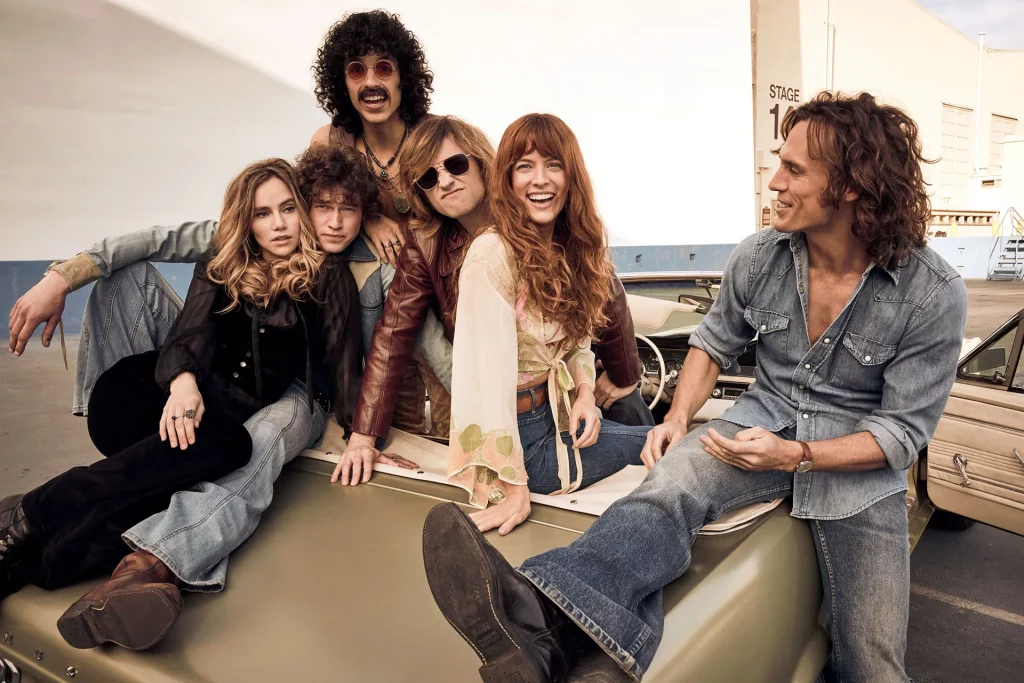
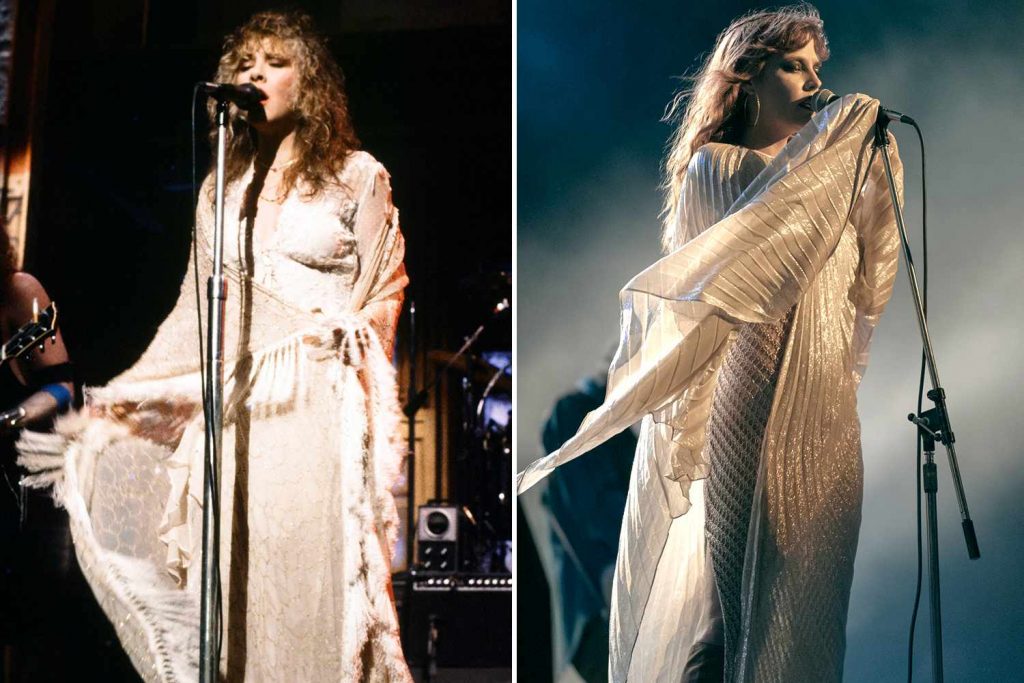
The longing is not physically consummated (some readers may think there is a vague hint of something more than the pair admit to in the interview which forms the book but there is nothing really). Every time there is even a suggestion of the two coming together, up pops Camila.
That’s because, despite the title, the book is not really about Daisy Jones or Billy Dunne or The Six.
It’s about Camila. It’s about Camila’s all encompassing need to keep her marriage going, at any cost. Midway through the book it becomes clear that Billy and Daisy will be sacrificed to Camila’s need to play happy families.
It’s an interesting angle, to look at a triangle situation from the perspective of the wife. It’s a noble aim, in itself to preserve a marriage, especially if there are children involved. However, it doesn’t make for the greatest drama. Instead, every few pages the reader is told that Camila is amazing. The author’s investment in the character is complete.
Of course, it’s good that her marriage is so sacred to Camilla, but should it be so to the writer?
Would the book have been better if the characters had taken over and acted according to their described traits? Probably.
As it is, the reader is led to believe that the relationship between Daisy and Billy is entirely in their heads. Relationships in the head can be incredibly powerful and every bit as emotionally passionate as those in the flesh. Unfulfilled love, too, can make for a classic tale. If the couple is bound by social convention, for example. In a 1970s rock ‘n’ roll world of excess though, it rings less true.
It also leads to a ludicrous ending. (Spoiler alert)
Throughout the book. We are told that Billy and Daisy have a compulsion to create music. Yet, at the end, both give it up, without a murmur of protest, just to keep Camilla happy.
The ending is also reminiscent of the Edith Wharton Novel The Age of Innocence. In that book, the seemingly sweet May slyly engineers a situation, so that her fiance is separated permanently from the woman he loves. Decade later, she salvages her conscience on her deathbed by asking their son to help his father track down his lost love. Something similar is tried in this book.
The series
The Amazon series fleshes out the weaker parts of the book. Riley Keough and Sam Claflin, bring Daisy and Billy to sizzling life. Suki Waterhouse shades in the depths of Karen, the Christine McVie like sensible, blonde, keyboardist who keeps the band together. Daisy’s friend Simone is given her own musical and romantic journey as a lesbian disco pioneer. The band members and managers shine in the shadows. Camila is less saintly. The costumes are gorgeous and the music is brought to toe tapping life.
Overall, despite my criticisms I enjoyed both the book and the series.

